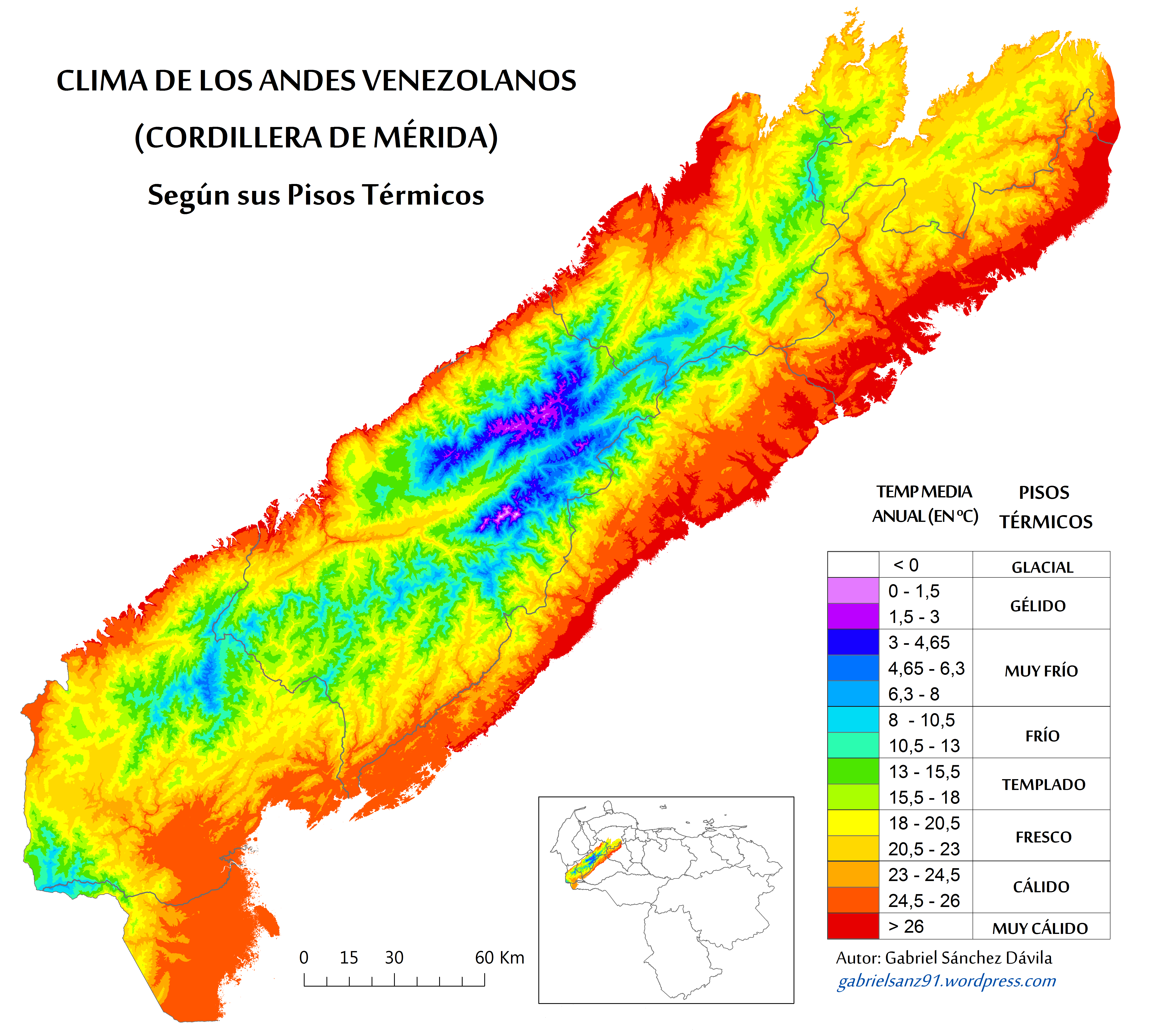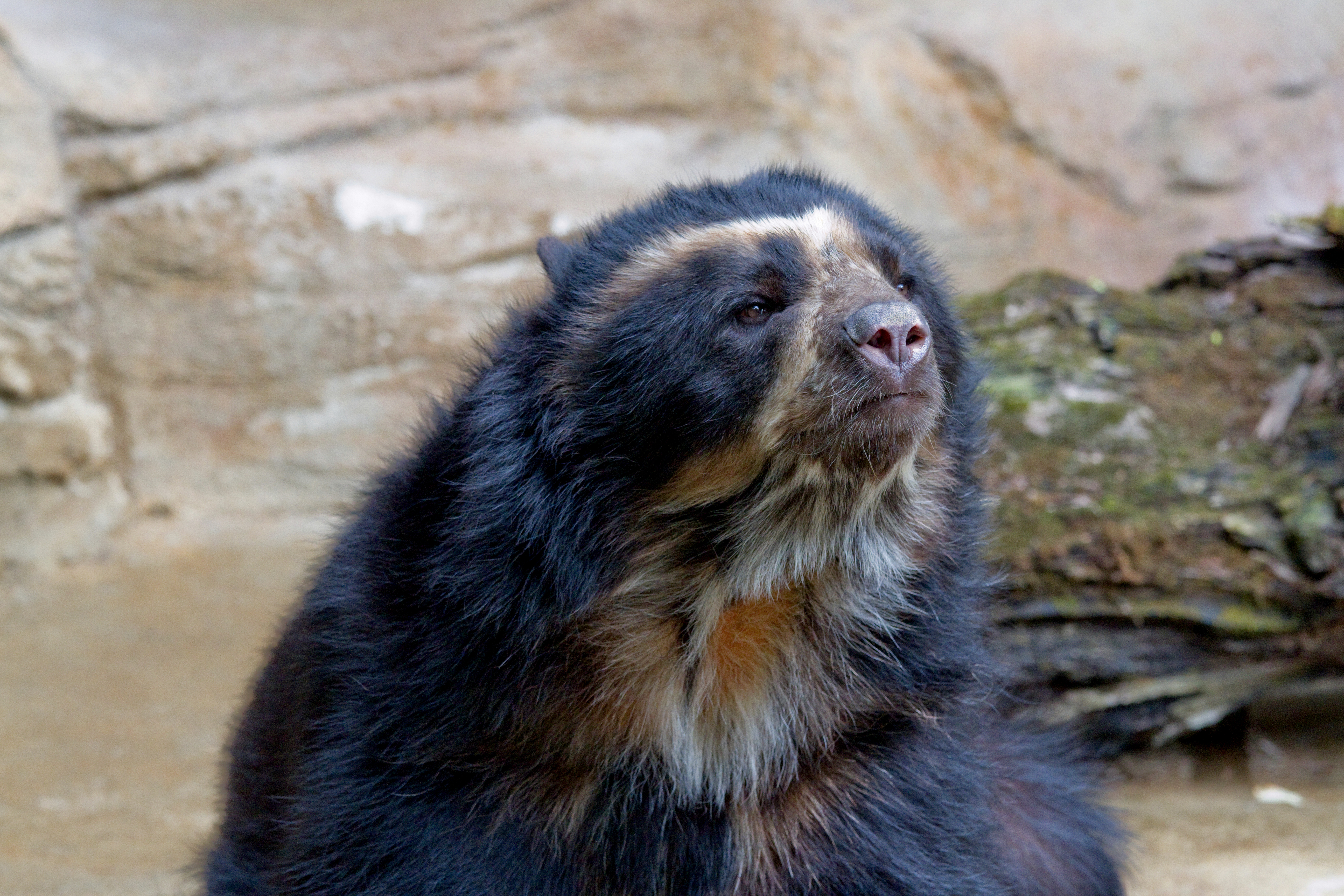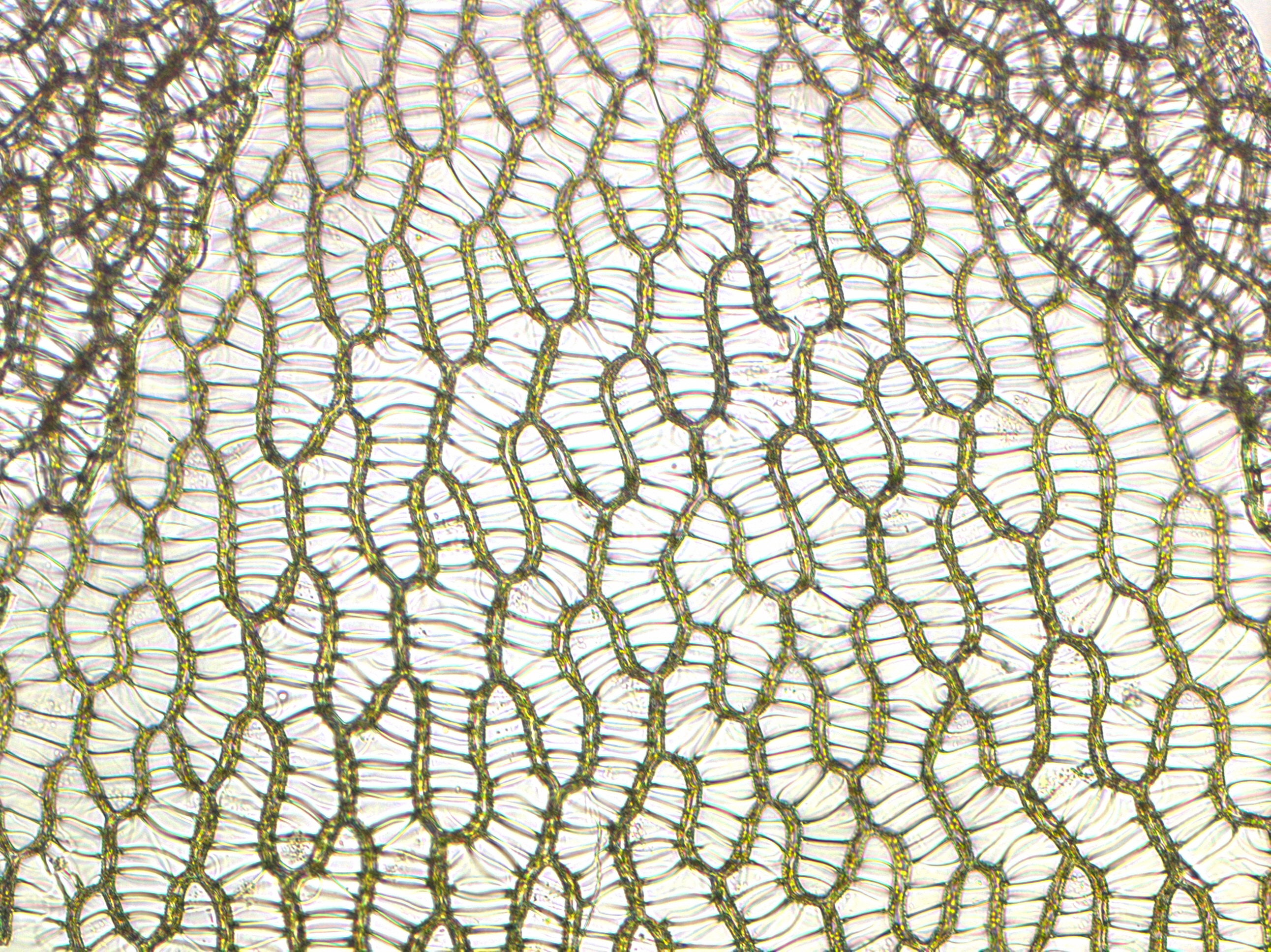|
Tamá National Natural Park
The Tamá National Natural Park () is a national park located in the Tamá Massif of the Andean Region of Colombia, between the municipalities Toledo and Herrán, in the department of Norte de Santander, in the northeastern part of the Eastern Ranges of the Colombian Andes. One of the main attractions of the park is a waterfall, one of the world's highest. General The park is connected to El Tamá National Park in Venezuela via the borders to the Venezuelan states Táchira and Apure, together they form a larger protected area with an additional . On the Colombian side, (99%) of the park is located in Toledo and in Herrán. It was established on 6 June 1977 for conservational, scientific and recreational reasons. The altitude varies between above mean sea level, with the majority of the park located higher than . The average temperature is between . Flora and fauna The forests are included in the Venezuelan Andes montane forests ecoregion, which also covers the Venezue ... [...More Info...] [...Related Items...] OR: [Wikipedia] [Google] [Baidu] |
Cordillera Oriental (Colombia)
The Cordillera Oriental () is the widest of the three branches of the Colombian Andes. The range extends from south to north, dividing from the Colombian Massif in Huila Department to Norte de Santander Department where it splits into the Serranía del Perijá and the Cordillera de Mérida in Venezuelan Andes. The highest peak is Ritacuba Blanco at in the Sierra Nevada del Cocuy. Geography The western part of the Cordillera Oriental belongs to the Magdalena River basin, while the eastern part includes the river basins of the Amazon River, Orinoco River, and Catatumbo River. Within it, the Altiplano Cundiboyacense and the Sierra Nevada del Cocuy (with the only snowy peaks in this mountain range) stand out. The mountain range contains the most páramos in the world. The Cordillera Oriental montane forests ecoregion An ecoregion (ecological region) is an ecological and geographic area that exists on multiple different levels, defined by type, quality, and ... [...More Info...] [...Related Items...] OR: [Wikipedia] [Google] [Baidu] |
Venezuelan Andes Montane Forests
The Venezuelan Andes montane forests (NT0175) is an ecoregion in the northern arm of the Andes in Venezuela. It contains montane and cloud forests, reaching up to the high-level Cordillera de Merida páramo high moor ecoregion. The forests are home to many endemic species of flora and fauna. Their lower levels are threatened by migrant farmers, who clear patches of forest to grow crops, then move on. Geography Location The Venezuelan Andes montane forests ecoregion covers most of the Venezuelan states of Mérida (state), Mérida and Trujillo (state), Trujillo, much the state of Táchira and the highlands of the states of Lara (state), Lara and Barinas (state), Barinas. It includes a small area in Colombia. It covers the lower part of the Venezuelan extension of the Cordillera Occidental of the northern Andes. It has an area of . To the southeast it adjoins the Llanos and the Apure–Villavicencio dry forests, and to the southwest adjoins the Cordillera Oriental montane forests. To ... [...More Info...] [...Related Items...] OR: [Wikipedia] [Google] [Baidu] |
Mountain Lion
The cougar (''Puma concolor'') (, ''Help:Pronunciation respelling key, KOO-gər''), also called puma, mountain lion, catamount and panther is a large small cat native to the Americas. It inhabits North America, North, Central America, Central and South America, making it the most widely distributed wild, terrestrial mammal in the Western Hemisphere, and one of the most widespread in the world. Its range spans the Yukon, British Columbia and Alberta provinces of Canada, the Rocky Mountains and areas in the western United States. Further south, its range extends through Mexico to the Amazon Rainforest and the southern Andes Mountains in Patagonia. It is an adaptable Generalist and specialist species, generalist species, occurring in most American habitat types. It prefers habitats with dense underbrush and rocky areas for stalking but also lives in open areas. The cougar is largely solitary. Its activity pattern varies from diurnality and cathemerality to Crepuscular animal, ... [...More Info...] [...Related Items...] OR: [Wikipedia] [Google] [Baidu] |
Deer
A deer (: deer) or true deer is a hoofed ruminant ungulate of the family Cervidae (informally the deer family). Cervidae is divided into subfamilies Cervinae (which includes, among others, muntjac, elk (wapiti), red deer, and fallow deer) and Capreolinae (which includes, among others reindeer (caribou), white-tailed deer, roe deer, and moose). Male deer of almost all species (except the water deer), as well as female reindeer, grow and shed new antlers each year. These antlers are bony extensions of the skull and are often used for combat between males. The musk deer ( Moschidae) of Asia and chevrotains ( Tragulidae) of tropical African and Asian forests are separate families that are also in the ruminant clade Ruminantia; they are not especially closely related to Cervidae. Deer appear in art from Paleolithic cave paintings onwards, and they have played a role in mythology, religion, and literature throughout history, as well as in heraldry, such as red deer that app ... [...More Info...] [...Related Items...] OR: [Wikipedia] [Google] [Baidu] |
Opossum
Opossums () are members of the marsupial order Didelphimorphia () endemic to the Americas. The largest order of marsupials in the Western Hemisphere, it comprises 126 species in 18 genera. Opossums originated in South America and entered North America in the Great American Interchange following the connection of North and South America in the late Cenozoic. The Virginia opossum is the only species found in the United States and Canada. It is often simply referred to as an opossum; in North America, it is commonly referred to as a possum (; sometimes rendered as ''possum'' in written form to indicate the dropped "o"). The Australasian arboreal marsupials of suborder Phalangeriformes are also called possums because of their resemblance to opossums, but they belong to a different order. The opossum is typically a nonaggressive animal and almost never carries the virus that causes rabies. Etymology The word ''opossum'' is derived from the Powhatan language and was first recorde ... [...More Info...] [...Related Items...] OR: [Wikipedia] [Google] [Baidu] |
Spectacled Bear
The spectacled bear (''Tremarctos ornatus''), also known as the South American bear, Andean bear, Andean short-faced bear or mountain bear and locally as jukumari ( Aymara and Quechua), ukumari ( Quechua) or ukuku, is a species of bear native to the Andes Mountains in northern and western South America. It is the only living species of bear native to South America, and the last remaining short-faced bear (subfamily Tremarctinae). Unlike other omnivorous bears, the diet of the spectacled bear is mostly herbivorous. The species is classified as Vulnerable by the IUCN because of habitat loss. Taxonomy ''Tremarctos ornatus'' is commonly referred to in English as the "spectacled bear", a reference to the light colouring on its chest, neck and face, which may resemble spectacles in some individuals, or the "Andean bear" for its distribution along the Andes. The root ''trem''- comes from a Greek word meaning "hole"; ''arctos'' is the Greek word for "bear". ''Tremarctos'' is a refere ... [...More Info...] [...Related Items...] OR: [Wikipedia] [Google] [Baidu] |
Sphagnum
''Sphagnum'' is a genus of approximately 380 accepted species of mosses, commonly known as sphagnum moss, also bog moss and quacker moss (although that term is also sometimes used for peat). Accumulations of ''Sphagnum'' can store water, since both living and dead plants can hold large quantities of water inside their cells; plants may hold 16 to 26 times as much water as their dry weight, depending on the species.Bold, H. C. 1967. Morphology of Plants. second ed. Harper and Row, New York. p. 225–229. The empty cells help retain water in drier conditions. As ''Sphagnum'' moss grows, it can slowly spread into drier conditions, forming larger mires, both raised bogs and blanket bogs. Thus, ''Sphagnum'' can influence the composition of such habitats, with some describing ''Sphagnum'' as 'habitat manipulators' or 'autogenic ecosystem engineers'. These peat accumulations then provide habitat for a wide array of peatland plants, including sedges and Calcifuge, ericaceous shrubs, as ... [...More Info...] [...Related Items...] OR: [Wikipedia] [Google] [Baidu] |
Moss
Mosses are small, non-vascular plant, non-vascular flowerless plants in the taxonomic phylum, division Bryophyta (, ) ''sensu stricto''. Bryophyta (''sensu lato'', Wilhelm Philippe Schimper, Schimp. 1879) may also refer to the parent group bryophytes, which comprise Marchantiophyta, liverworts, mosses, and hornworts. Mosses typically form dense green clumps or mats, often in damp or shady locations. The individual plants are usually composed of simple leaf, leaves that are generally only one cell thick, attached to a plant stem, stem that may be branched or unbranched and has only a limited role in conducting water and nutrients. Although some species have conducting tissues, these are generally poorly developed and structurally different from similar tissue found in vascular plants. Mosses do not have seeds and after fertilisation develop sporophytes with unbranched stalks topped with single capsules containing sporangium, spores. They are typically tall, though some species ar ... [...More Info...] [...Related Items...] OR: [Wikipedia] [Google] [Baidu] |
Arecaceae
The Arecaceae () is a family (biology), family of perennial plant, perennial, flowering plants in the Monocotyledon, monocot order Arecales. Their growth form can be climbing palm, climbers, shrubs, tree-like and stemless plants, all commonly known as palms. Those having a tree-like form are colloquially called palm trees. Currently, 181 Genus, genera with around 2,600 species are known, most of which are restricted to tropics, tropical and subtropics, subtropical climates. Most palms are distinguished by their large, compound, evergreen leaves, known as fronds, arranged at the top of an unbranched stem, except for the Hyphaene genus, who has branched palms. However, palms exhibit an enormous diversity in physical characteristics and inhabit nearly every type of Habitat (ecology), habitat within their range, from rainforests to deserts. Palms are among the best known and most extensively Horticulture, cultivated plant families. They have been important to humans throughout much ... [...More Info...] [...Related Items...] OR: [Wikipedia] [Google] [Baidu] |
Espeletia
''Espeletia'', commonly known as 'frailejones' ("big monks"), is a genus of perennial subshrubs, in the family Asteraceae. The genus, which is native mainly to Colombia, Venezuela and Ecuador, was first formally described in 1808. The genus was named after the viceroy of New Granada, José Manuel de Ezpeleta. The plants live at high altitude in páramo ecosystems. The trunk is thick, with succulent hairy leaves disposed in a dense spiral pattern. Marcescent leaves help protect the plants from cold. The flowers are usually yellow, similar to daisies. Some members of the genus exhibit a caulirosulate growth habit. The frailejón plant is endangered due to destruction of the páramo for agricultural purposes, especially potato crops. This activity continues, despite the Colombian government declaring it illegal. Since about 2010 the plants have also come under attack by beetle larvae, a moth and a fungus, some new to science but suspected to be related to climate change which a ... [...More Info...] [...Related Items...] OR: [Wikipedia] [Google] [Baidu] |
Alnus Jorullensis
''Alnus jorullensis'', commonly known as Mexican alder, is an evergreen or semi-evergreen alder, native to eastern and southern Mexico, Guatemala, and Honduras. Although previously reported from the Andes, further collections showed these to be the similar species '' A. acuminata'', commonly found in South America. Description ''Alnus jorullensis'' is a medium-sized tree growing to 20–25 m tall. The leaves are obovate to elliptic, 5–12 cm long, somewhat leathery in texture with a serrated margin and glandular on the underside. The flowers are wind-pollinated catkins, produced in early spring.Nelson Sutherland, C.H. (2008). Catálogo de las plantes vasculares de Honduras. Espermatofitas: 1-1576. SERNA/Guaymuras, Tegucigalpa, Honduras Range and habitat ''Alnus jorullensis'' grows in high-elevation forests in Mexico's Sierra Madre Occidental, Sierra Madre Oriental and Sierra Madre del Sur, and in the highlands of Honduras, from 2,800 to 3,800 meters elevation. It is the ... [...More Info...] [...Related Items...] OR: [Wikipedia] [Google] [Baidu] |







